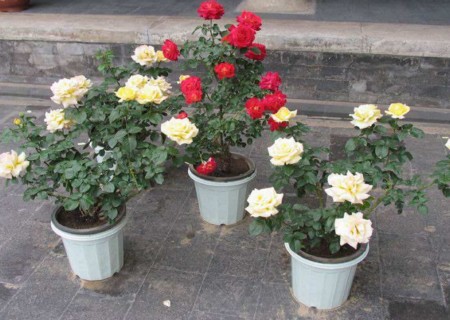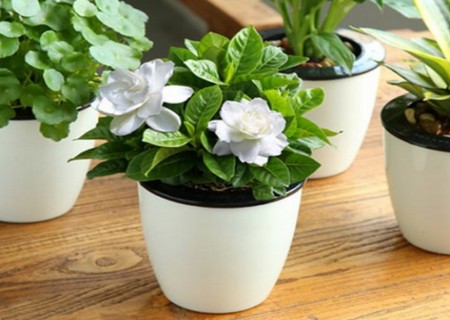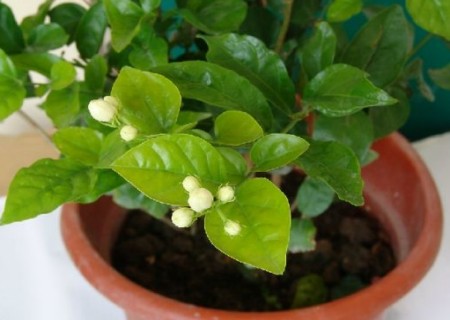How to prolong the flowering period of potted rose under what circumstances do you need to prolong the flowering period?
Rose is called "queen of flowers". It has bright colors, long flowering period and long fragrance, which represents a kind of indomitable spirit. However, many rose cultivated in courtyard fail to fully tap the potential of long flowering period of rose. In order to prolong the flowering period of rose, it is actually to increase the flowering times of the same plant in the same year, and it is necessary to meet higher maintenance requirements in the aspects of cultivation medium, fertilization, pruning, pest control and so on.
Many novice roses do not know that rose flowers bloom in autumn. Generally speaking, most rose flowers are in full bloom in many seasons. After the summer high temperature period, the rose will enter an autumn blooming period. Flowering usually occurs in the early and middle of October (there are differences in climate between different places), so we have to seize the opportunity of the formation of climate change conditions to cultivate flowering branches.

Theoretical calculation of the total amount of branches and flowers of normal potted rose (abundant flower rose, shrub rose):
Five primary main branches (including basal branches) were cultured, with 3 secondary branches on each main branch and 2 tertiary branches on each secondary branch. if all the tertiary branches could blossom at the same time, the flowering number of the tertiary branches would be 30. Note: only the main buds are calculated, but not the long secondary buds; it is difficult to achieve such a sufficient and accurate flowering quantity of open-air potted roses.
1. Insist on changing the basin soil every year. The basin soil was replaced by the dormancy of rose in winter and spring and the initial stage of new bud germination, and the new nutrient soil was added to keep the basin soil loose. When changing the basin soil, it is necessary to remove weeds, cut off the residual roots, dredge the roots and make them produce more new roots.
2. Improve the ability of supplying fertilizer. When changing the basin soil, some mature organic fertilizer was applied at the bottom of the basin, and the thin rotten cake fertilizer was applied every 10-15 days during the peak growth period of rose. Apply nitrogen, phosphorus and potassium compound fertilizer once after flowering, increase available phosphorus fertilizer for those with little or no flowering, apply only phosphorus and potassium fertilizer but not nitrogen fertilizer after autumn, and apply no or less fertilizer in summer and winter.
3. Pay attention to adjust the temperature and light. Rose originally likes temperature and light, but the hot season should move the potted rose to a shady place, or cover the potted soil with grass to cool down. At the same time, it should be watered frequently, twice a day in summer.
4. Prune branches frequently. After flowering, the rose should be cut below the third compound leaf under the flower to promote strong new branches and bud and blossom as soon as possible. Key points of pruning techniques: weak short branches are cut first and high cut; strong branches are then cut and cut short to promote the weak and suppress the strong and promote its neat flowering. The pruning length of long branches should not exceed 1 prime 2 to avoid slow germination of axillary buds.
5. Eliminate insect pests. In spring, the rose is prone to aphids, which can be watered with cigarette butts or diluted with trichlorfon, and the pest can be eliminated in half a day; black spot and powdery mildew in summer are all caused by too humid and muggy heat, and some diseased leaves can be removed mildly; serious ones can be sprayed with Bordeaux solution or thiophanate or carbendazim for 2-3 times every 10 days or so.
- Prev

What are the control methods for flowering period management and matters needing attention of potted Gardenia jasminoides florescence
The gardenia that he Jiong sang blossomed. That youthful light sadness, but also seems to float around, a touch of gardenia fragrance, strands, voluptuous. Gardenia flower language has eternal love and agreement, is a very beautiful sustenance, it combines joy, flowers and leaves Yiyi, in
- Next

If we manage the florescence well, how to prolong the flowering period of jasmine?
Xin laboriously raised the flowers for more than half a year, but stopped blooming in less than ten days, which is really a heartache! Don't be sad! Almighty Huahua, today I will introduce to you those tips for prolonging the flowering period of potted jasmine! Jasmine flowers are mostly pots in the north of China.
Related
- Fuxing push coffee new agricultural production and marketing class: lack of small-scale processing plants
- Jujube rice field leisure farm deep ploughing Yilan for five years to create a space for organic food and play
- Nongyu Farm-A trial of organic papaya for brave women with advanced technology
- Four points for attention in the prevention and control of diseases and insect pests of edible fungi
- How to add nutrient solution to Edible Fungi
- Is there any good way to control edible fungus mites?
- Open Inoculation Technology of Edible Fungi
- Is there any clever way to use fertilizer for edible fungus in winter?
- What agents are used to kill the pathogens of edible fungi in the mushroom shed?
- Rapid drying of Edible Fungi

